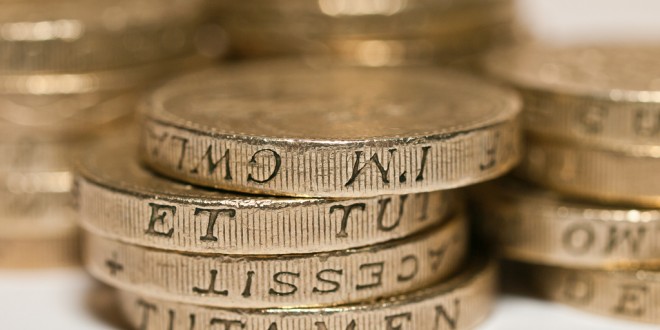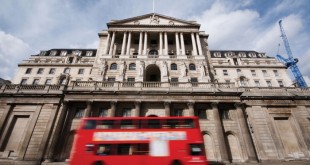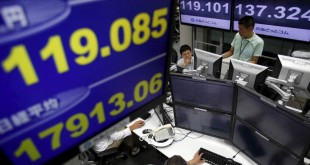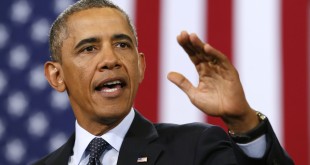For the weakening British pound, the worst may not be over. Derek Halpenny, head of global markets research at Bank of Tokyo-Mitsubishi UFJ, said there’s scope for major drops in the currency as the “Brexit” debate rages on.
“I think we’re still in for potential further declines,” Halpenny told CNBC’s “Worldwide Exchange” on Thursday. “We could get into the high 1.20s by the time we get to the referendum.”
Most worryingly for the currency, Halpenny said, was recent the U.K. services purchasing managers index, which hit its lowest level in nearly three years.
“It dropped again, and that correlates more closely with real GDP,” Halpenny said. “The Brexit issue was mentioned as an element that was dampening sentiment.”
Brexit, short for “British exit,” refers to the possibility of Great Britain withdrawing from the European Union. The referendum won’t be voted on until June 23.
In the meantime, the European Central Bank meets next week to discuss stimulus measures.
Halpenny is anticipating an “impressive” package of moves from the ECB — partially due to the Germany central bank’s recent cut in its inflation forecast, citing increased concerns about energy prices staying lower for longer.
“Their level of concern is definitely higher today than it was in December, so that element of resistance is probably gone,” he said. “That makes for a much better chance that we do get a more impressive package of measures from the ECB next week.”
Coupled with a rate cut, Halpenny is expecting a 10 billion euro ($11 billion) per month increase in buybacks, and a six-month extension in timelines, which would make the quantitative easing program just more than 2 trillion euros.
“That coupled with the rate cut is an impressive package but I would stress that’s probably what the markets are expecting,” he said.
Halpenny, however, is not worried about the euro plunging on the back of the ECB’s moves.
“For the euro-dollar rate to move closer to parity, it’s not just about the ECB,” Halpenny said. “We need broader financial market conditions to improve.”
Most importantly, he said, they need the Fed to raise interest rates in the second half of this year. Halpenny mentioned the possibility of two, if not three rate hikes in the U.S. for 2016.
“I think the inflation data that we have recently, I think very, very clearly points to domestically generated inflation building in the U.S. and that is of crucial importance to the Fed,” Halpenny said.
“That’s not really been taken on board yet by the U.S. rates market but I would expect that to change over the coming weeks,” he added.
 Trade Forex Forex and Commodities News
Trade Forex Forex and Commodities News




